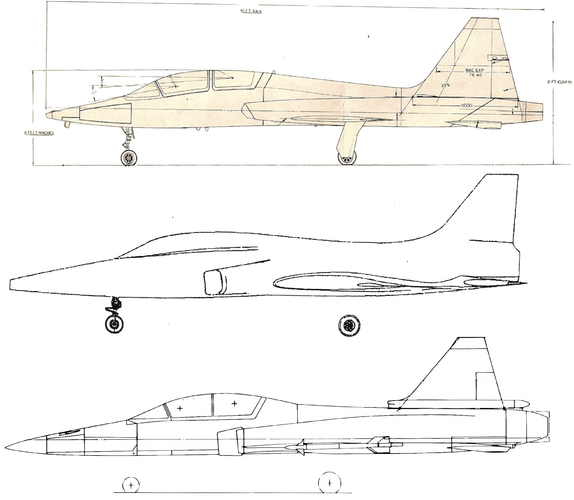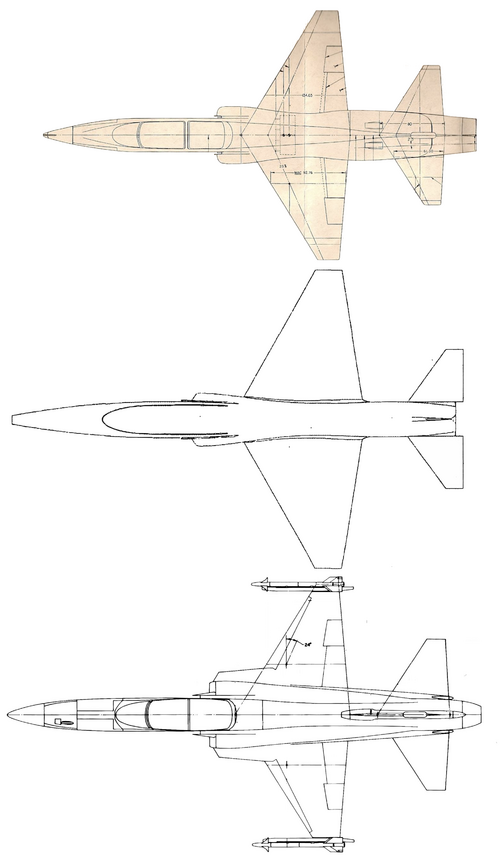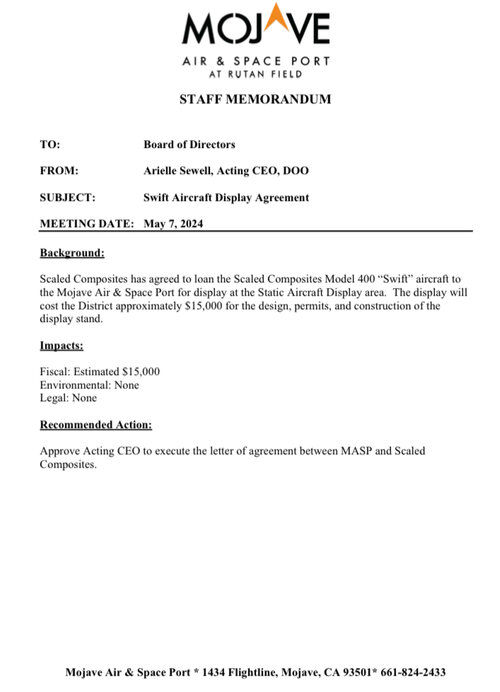- Joined
- 2 August 2006
- Messages
- 3,190
- Reaction score
- 1,262
Scaled Composites has released more information now on their (Northrop) TX design, the Model 400 Swift.
Swift - Scaled Model 400 (Reg. N400NT)
FIRST FLIGHT August 26, 2016
Greatest Technical Challenge
Swift is a low-cost, high-performance, proof-of-concept jet designed to meet high-G, high angle-of-attack maneuvers. With such technically challenging goals laid before us, we were able to go from concept to first flight in only two years.
SWIFT BY THE NUMBERS
Crew 2 (1 Pilot, 1 crew)
MTOW 15,400 lbs
Max Speed 500 KEAS
Altitude 35,000 ft
SERVICES UTILIZED ON SWIFT
design
CONCEPTUAL DESIGN
AERODYNAMIC DESIGN
STRUCTURAL DESIGN
SYSTEMS DESIGN
AVIONICS & SIMULATION DESIGN
build
TOOLING
PART FABRICATION
ASSEMBLY
SYSTEMS INTEGRATION
test
MATERIALS & PROCESSING
COMPONENTS & SYSTEMS
FLIGHT TESTING
7 flights were achieved (as of Sep.28, 2018)
FLIGHT TESTING
Swift utilized General Electric's turbofan engine model F404-GE-102D
Swift - Scaled Model 400 (Reg. N400NT)
FIRST FLIGHT August 26, 2016
Greatest Technical Challenge
Swift is a low-cost, high-performance, proof-of-concept jet designed to meet high-G, high angle-of-attack maneuvers. With such technically challenging goals laid before us, we were able to go from concept to first flight in only two years.
SWIFT BY THE NUMBERS
Crew 2 (1 Pilot, 1 crew)
MTOW 15,400 lbs
Max Speed 500 KEAS
Altitude 35,000 ft
SERVICES UTILIZED ON SWIFT
design
CONCEPTUAL DESIGN
AERODYNAMIC DESIGN
STRUCTURAL DESIGN
SYSTEMS DESIGN
AVIONICS & SIMULATION DESIGN
build
TOOLING
PART FABRICATION
ASSEMBLY
SYSTEMS INTEGRATION
test
MATERIALS & PROCESSING
COMPONENTS & SYSTEMS
FLIGHT TESTING
7 flights were achieved (as of Sep.28, 2018)
FLIGHT TESTING
Swift utilized General Electric's turbofan engine model F404-GE-102D

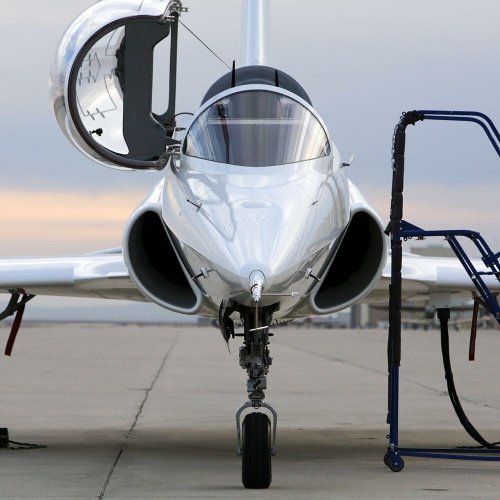
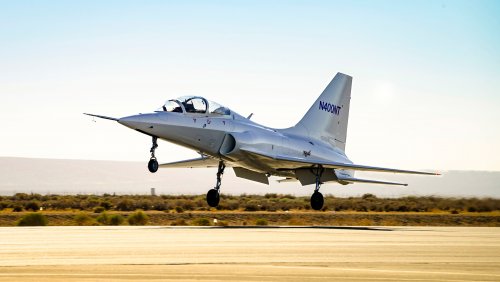
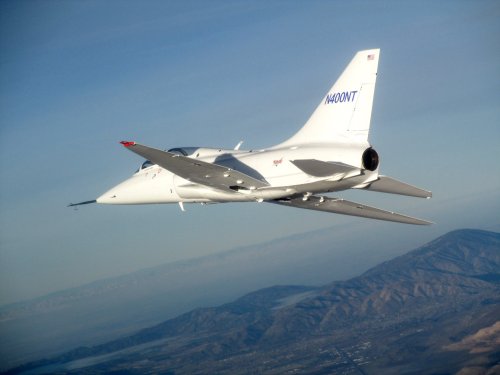
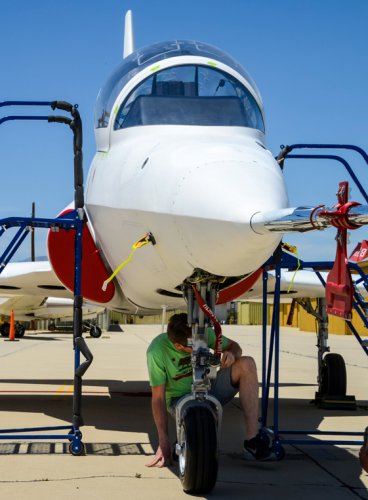
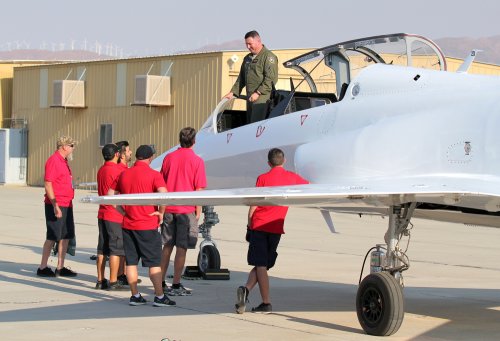
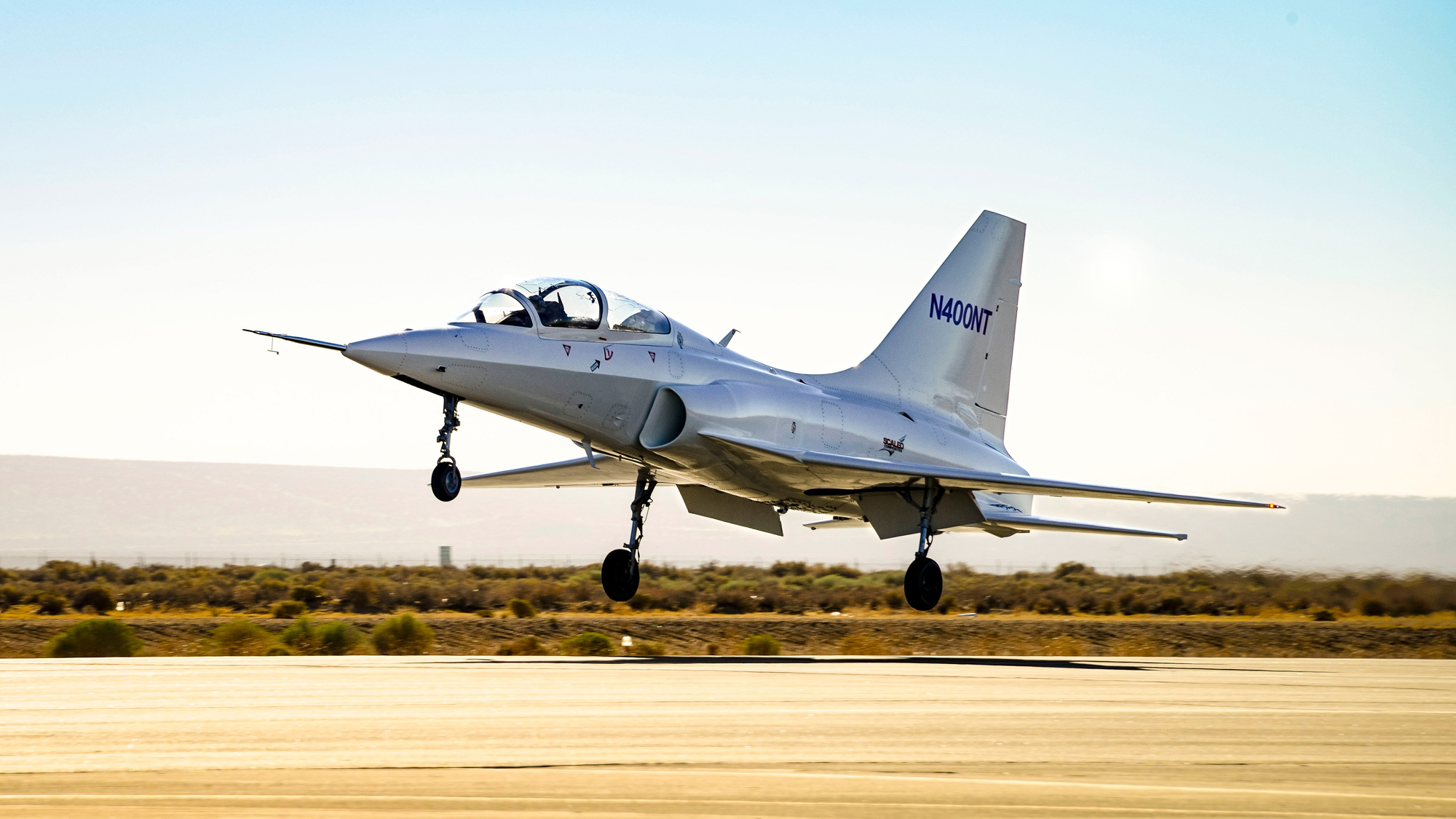
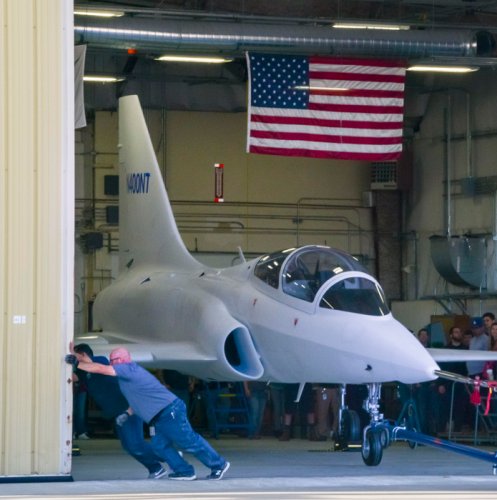
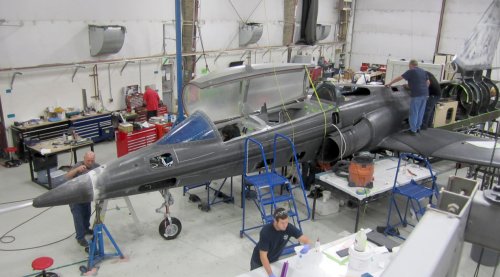
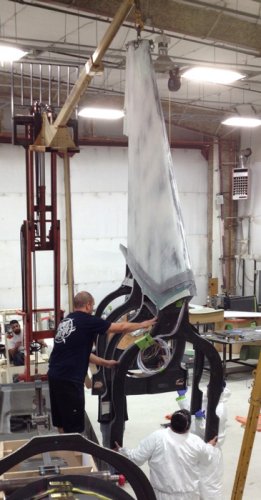
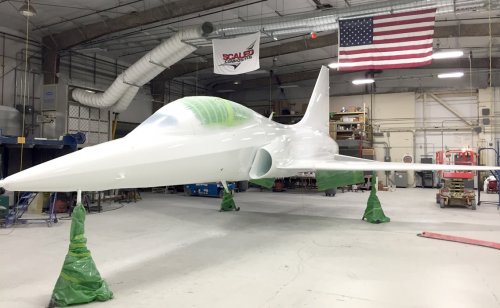
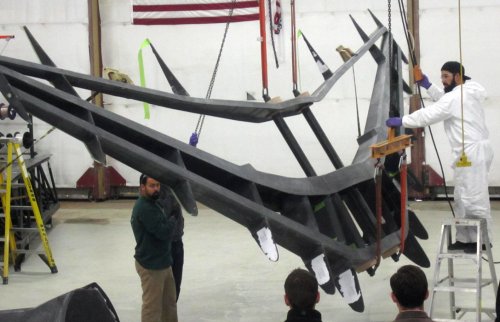
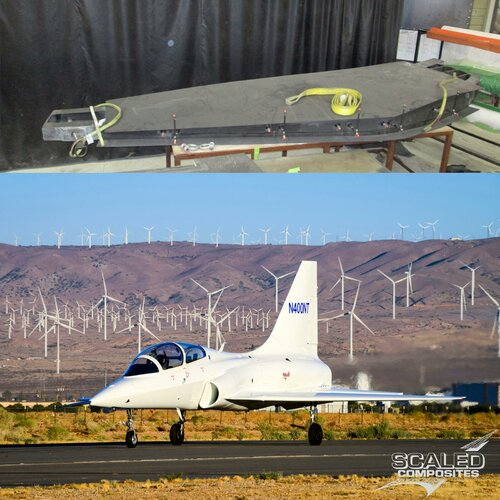
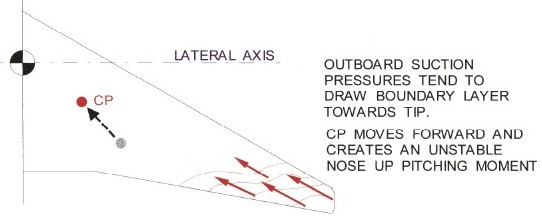
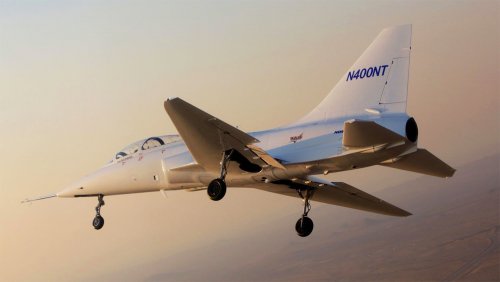
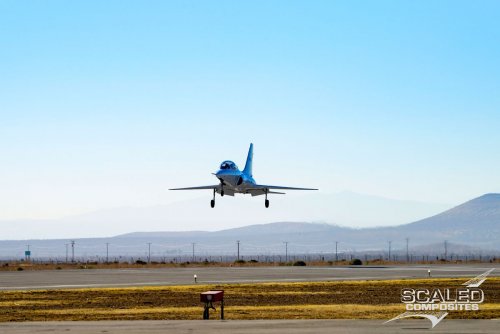


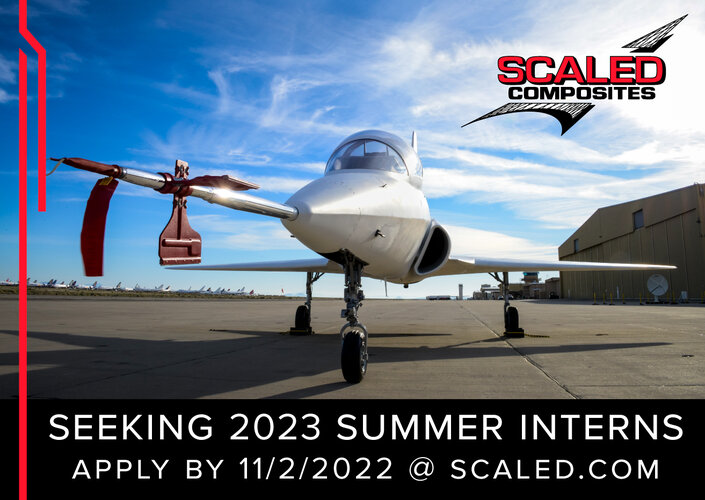
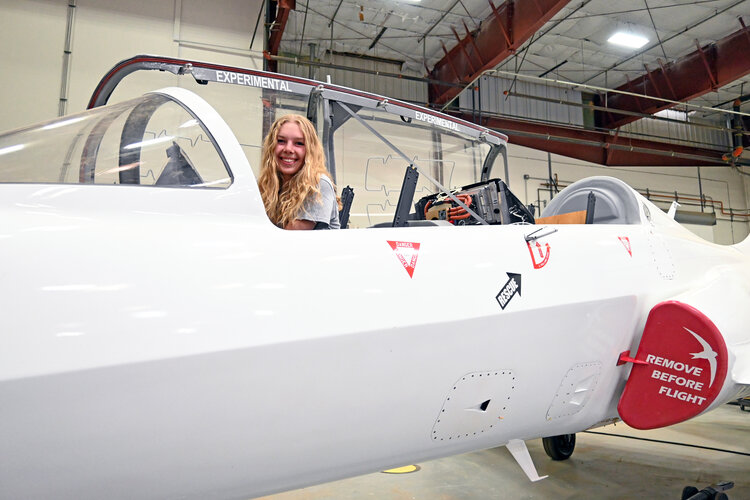
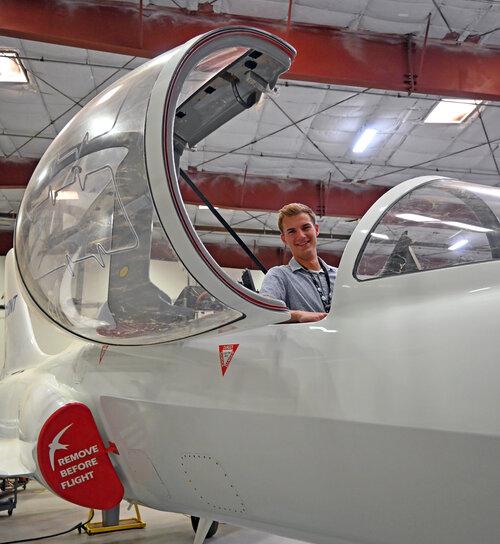
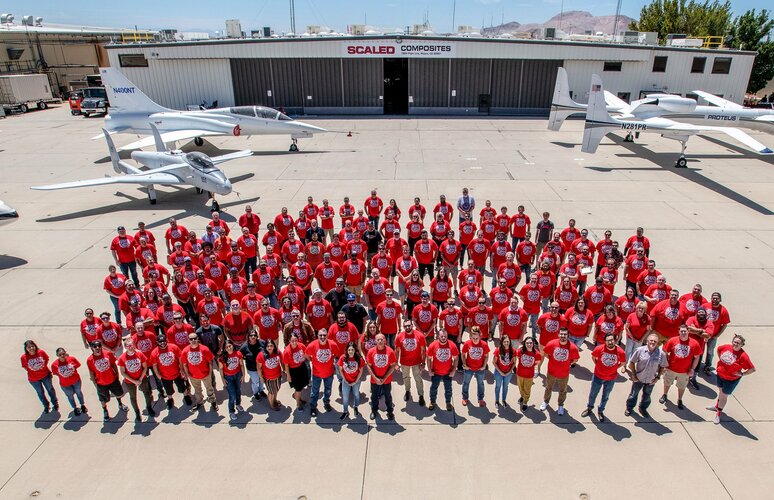
![Cezp_inGjmE8SGwr.mp4_snapshot_00.44_[2023.05.17_02.40.43].jpg](/data/attachments/235/235406-168eda3410e47c83ce600bee95c56c32.jpg)
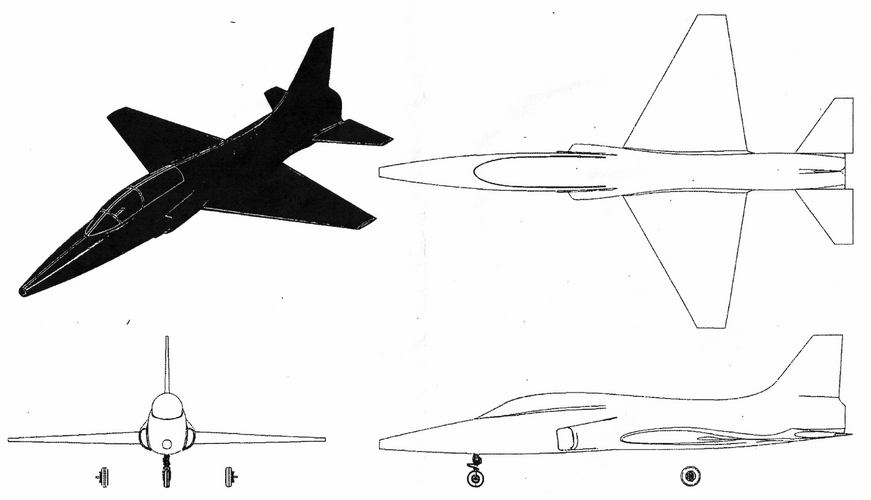
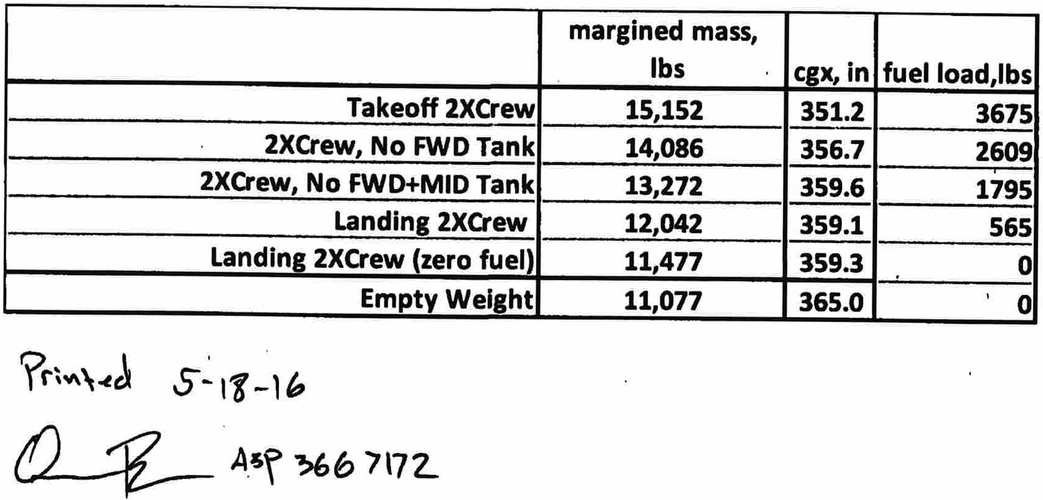
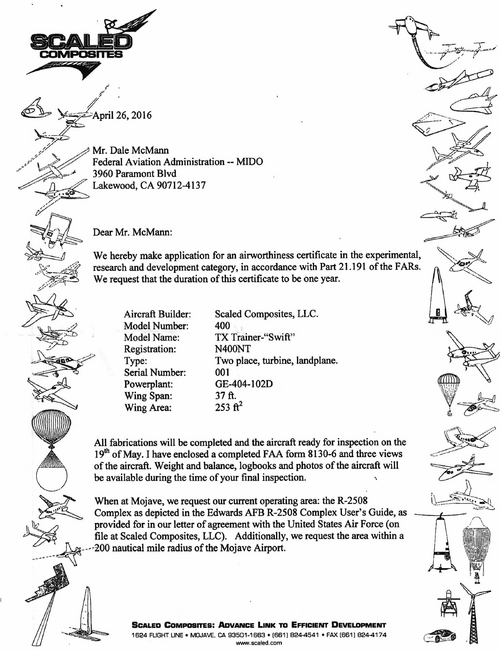
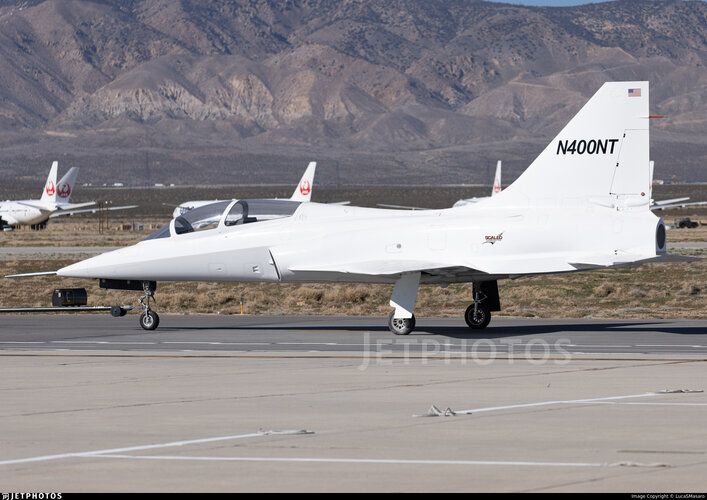
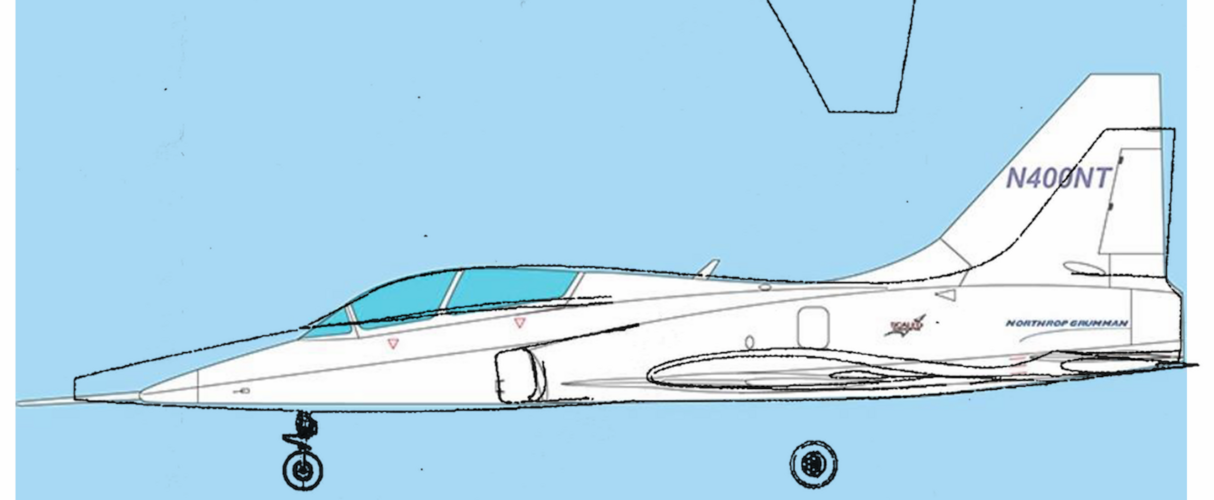

![getmyfb.com_1725389055283.mp4_snapshot_00.19_[2024.09.03_21.45.55].jpg](/data/attachments/275/275383-bd7e9eacf0c68cf0cf5336f29bfdf10c.jpg)
![getmyfb.com_1725389055283.mp4_snapshot_00.18_[2024.09.03_21.45.20].jpg](/data/attachments/275/275384-1f008e62ec7cf4dd90e2f0c9c2ecf732.jpg)
